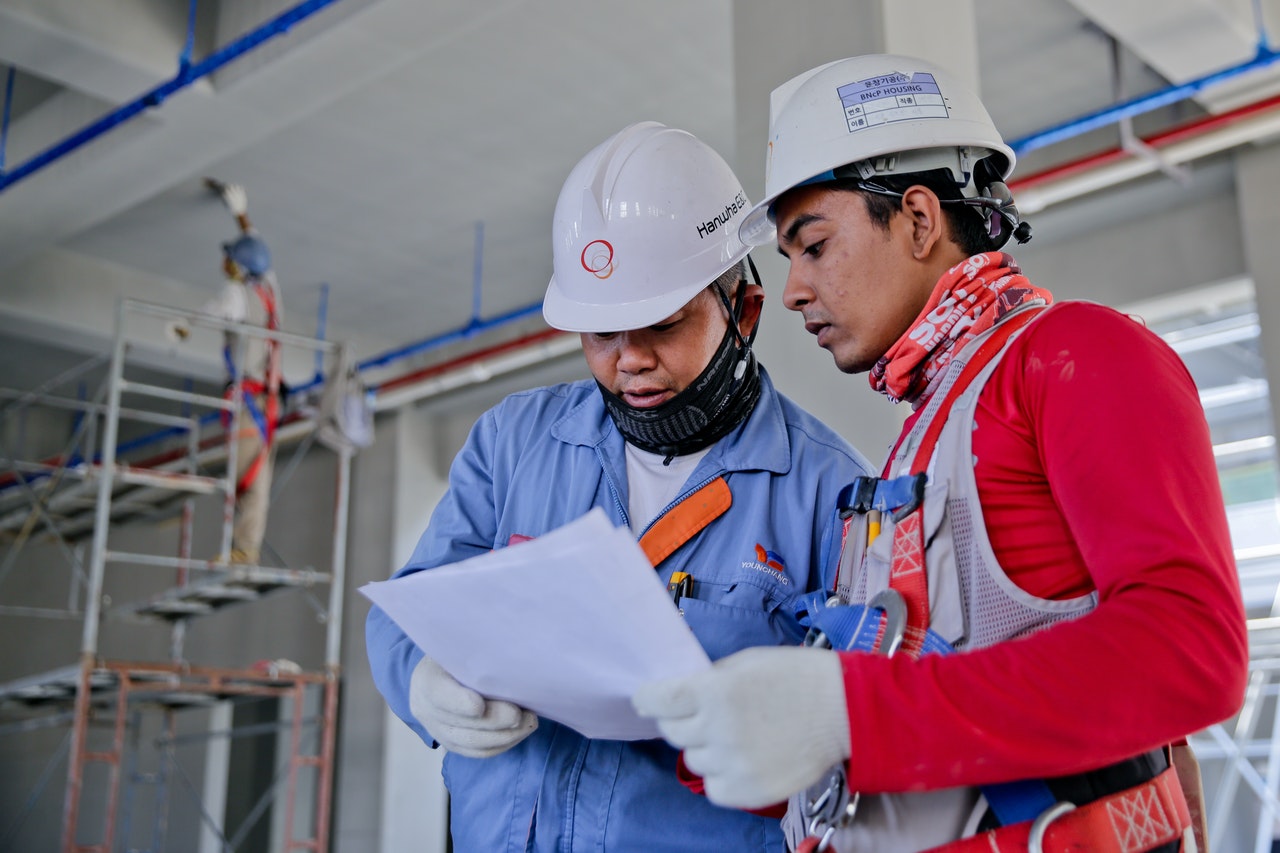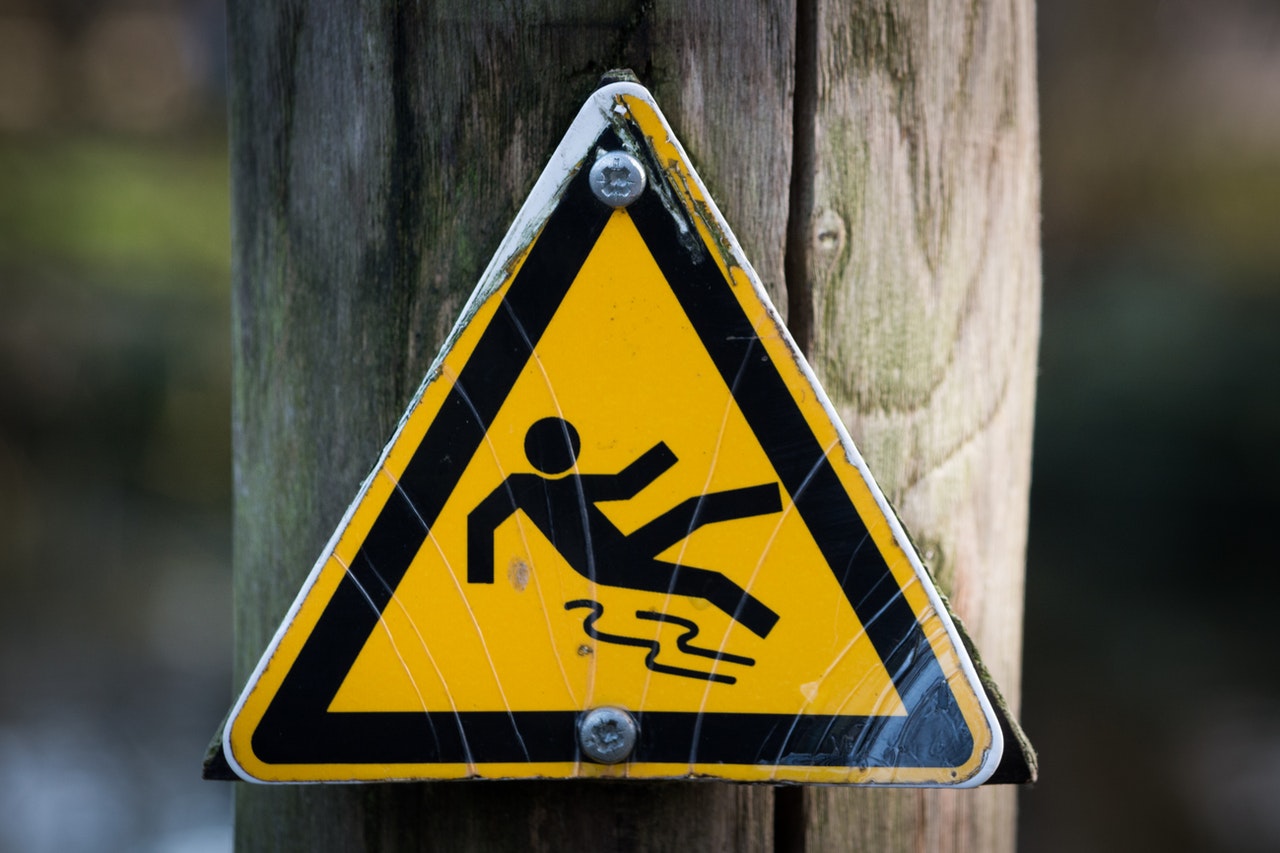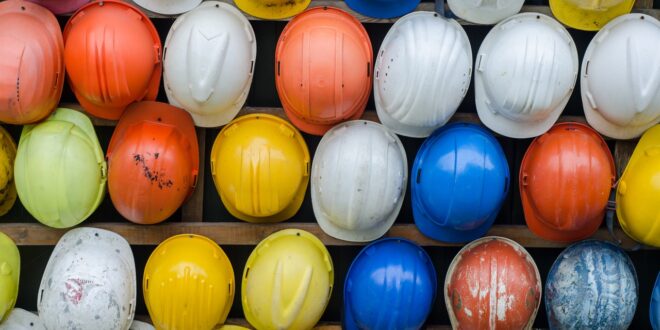The manufacturing industry plays a vital role in building a strong economy. They make everything operational. However, to equip the manufacturing workplace to work at its full potential, it’s imperative for companies to keep their employees safe from hazards.
Working in a manufacturing workplace has a number of hazards. Proper implementation of health and safety precautions can prevent these incidents and keep the company fully operational and employees safe.
Manufacturing industries may have vastly distinctive operational practices and safety risks, but there are common hazards manufacturing industries need to look out for. But before we discuss these hazards, it’s essential to understand first the importance of safety in manufacturing workplaces.
Why Is Manufacturing Workplace Safety Important?

(Credit: Anamul Rezwan | Pexels)
The simple truth: it reduces workplace dangers that lead to injuries, illnesses, and even fatalities.
A recent study discovered that senior management and operations personnel who strictly follow the implementation of a workplace safety program increased their productivity levels and decreased their costs for injuries. Manufacturing companies that lack focus on safety only put their employees at risk of facing high-cost property damage, recovery costs, fines, employee compensation, and damage to their reputation.
5 Biggest Hazards of Manufacturing Workplace

(Credit: Skitterphoto | Pexels)
Caption: Are you doing enough to keep your employees safe?
Are you doing enough to keep your employees safe? While there are countless situations that can be dangerous for manufacturing companies, below are 6 safety hazards that are highly common in manufacturing workplaces.
- Slipping, Tripping, and Falling
One of the most commonly occurring safety hazards in manufacturing workplaces is falling. They account for most injuries and even deaths in workplaces.
While there are other manufacturing companies that operate in heights, slipping and tripping from debris, and equipment all contribute to falls. Employers must put more effort into implementing fall protection measures and reinforce fall protection procedures in their manufacturing companies.
- Heavy Machinery
Another prevalent hazard in manufacturing workplaces is handling heavy types of machinery. Heavy machinery like forklift trucks accounts for plenty of workplace accidents. They carry a higher risk to human life, injuries, and even bring potential damages to goods and materials.
For instance, the hazards of standup forklift underride collisions can happen anytime at work and carry potential life risks. This is why experienced bosses should supervise and train operators to make sure they can meet deadlines while being careful when driving.
Most types of machinery are made to handle hard materials like plastics, wood, and metals. Its effect on human flesh can be extremely devastating. That’s why keeping workers safe should be a top-level priority for every manufacturing company.
- Electrical
The most common electrical dangers include exposed wires, unlocked electrical panels, improperly installed equipment, and more.
When a flooding or spillage occurs and electric wires are not covered or installed properly, this could result in electric shock as well as uncontrolled fires.
Employers and employees alike should have the proper training in dealing with these circumstances. Measures must be kept in place to guide those within the vicinity to handle lighting and electrical systems properly at work.
- Hazardous Substances
There are numerous industries that require their employers to manage hazardous chemicals. Since these substances may play be ingredients or unavoidable byproducts of the manufacturing process, those in charge should have the proper training and safety gear.
This means workers who need to handle dangerous chemicals like battery acids, cleaning solutions, or inflammable substances, should know how to move, load, and dispose of these substances safely. Education also allows employees to be able to deal with worst-case scenarios and address chemical exposures or injuries.
Installing dust collectors, like those by Goyen USA, can also reduce the harmful airborne particles in the workplace.
- Lockout or Tagout
While workers are servicing heavy machinery and other equipment, the proper lockout/tagout procedures should be executed accordingly to prevent serious injuries or death caused by the unexpected and sudden start-up or release of energy.
Employers should ensure certified employees know how to manage lockout devices correctly so the equipment has ample time to de-energize before servicing.
There are countless workplace hazards, however, these 5 are the most common ones in manufacturing companies.
To ensure the success of every manufacturing workplace, a strike of a perfect balance between employee safety and operational efficiency should be maintained.
Proactive Steps to Maintain Safety in Manufacturing Workplace

(Credit: Pixabay | Pexels)
Employers must pay top-level attention to mitigate hazards in the workplace and keep employee’s safety intact. Whatever hazard there is in the workplace—falls, heavy types of machinery, electrical, chemicals, lockout or tagout, uncontrolled fires, etc.—companies must prepare and address safety concerns to improve manufacturing safety and keep everyone out from life risks. Here are some proactive steps you can take to maintain safety in the workplace.
. Training Employees
The first step employees should take to ensure safety in the workplace is to reinforce comprehensive safety training among (existing) workers about their job roles and responsibilities.
It’s important that employees are experienced enough to wear PPEs, handle heavy machinery, chemicals, proper lockout or tag-out procedures, and other necessary information on safety procedures.
. Guarding Machinery
Guarding machines is necessary to prevent hazardous machine parts that potentially cause severe fatalities if left uncovered. To prevent accidents, employees should wear the proper device or shield and inspect the machines before using them.
. Wearing Personal Protective Equipment (PPE)
Gears such as footwear, clothing, glasses, gloves, and head protection are PPEs that employees need to utilize to protect themselves in the manufacturing workplace. However, there are different types of PPEs, and it’s the company’s responsibility to assess if the PPEs used by the employees are the appropriate gears for the required job.
. Using Label and Signs
One cheap but effective way to communicate key information about safety in manufacturing workplaces is by putting labels and signs in hazardous areas. You can use pictures to detail procedures and hazards. Putting up labels and signs are extremely helpful warning signs that even the most experienced worker can benefit from.
. Keep an Open Dialogue
As an employer, you should make it easy for your workers to discuss health and safety concerns. To do this, you should keep an open dialogue. You can start by dealing with their hazard reports right away or by appointing a safety captain.
If an employee has acquired an injury while at work, they can easily reach out to your insurance provider or personal injury lawyers through their phone or Contact Us page. However, it’s best to keep accidents from happening in the first place to avoid expensive lawsuits. This is why you need to step up your game in terms of worksite safety.
Meta Descriptions: In order to provide safety procedures in every manufacturing workplace, it’s necessary to identify workplace hazards first. Know the importance of safety in manufacturing processes and protect the lives of your employees.
 HammBurg Be informed with latest news, reviews, entertainment, lifestyle tips, and much more.
HammBurg Be informed with latest news, reviews, entertainment, lifestyle tips, and much more.




